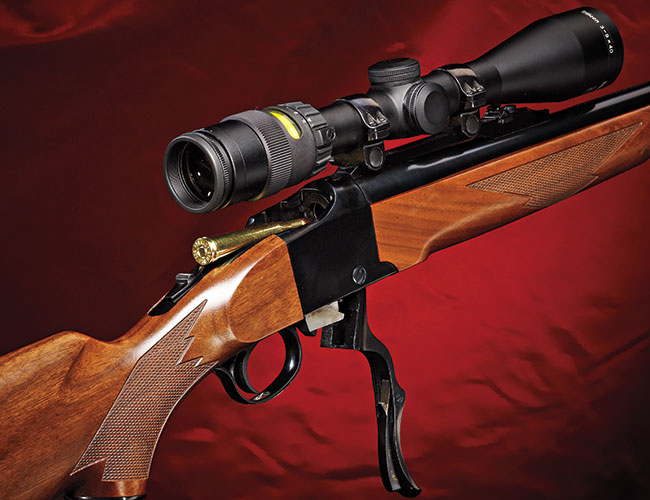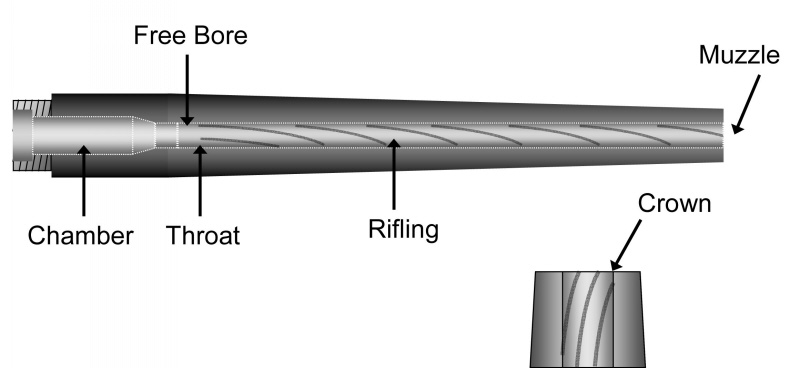There are many mechanical designs for various firearms that have been produced in the last few centuries, but they all have 3 basic components. Those components are the action, barrel and stock. These all are important parts of the rifle, and all work together to make a rifle shoot. There are many types of rifles, each has different operation and function differently.



The action is the central part of the rifle that contains the mechanical parts needed to fire a round. It usually contains some sort of magazine to hold additional ammunition. It must contain parts that will cycle the ammunition, fire then eject the spent cases. The cartridges are cycled on what is called a bolt, that has an face that holds the cartridge by the rim. The bold also contains parts that make the firing pin strike the primer. The bolt has an extractor, which is just a spring loaded claw that holds the cartridge to the face of the bolt. Once the cartridge is fired the bolt moves backward and a spring causes the empty case to be ejected from the action.

The barrel is attached directly to the action and the barrel is securely affixed to the front of the action. The barrel is a tube, but most all rifles have spiraling grooves cut into them that act to give the bullet a spin as it is accelerated. This spin does no more than just to stabilize a bullet. The spinning causes gyroscopic forces on a bullet which helps to prevent any wobble along its axis. A stable traveling projectile will always have more efficient flight path and will have less drag. Depending on the rifle, the barrel can have different rates of twist of it's rifling. Commonly rifling can have a rate of twist from 1:14" to 1:8". This the distance that the rifling makes one complete rotation, or twist. Giving that 1:8" rate of twist would be considered a higher rate that 1:10". Rates of twist determines how much twist will be applied to the bullet before leaving the barrel. Different bullets need more stability than others. Longer, heavier bullets need higher rates of twist than shorter, light bullets.

Home Page
Ammunition Ballistics Propellants Accuracy
Bibliography